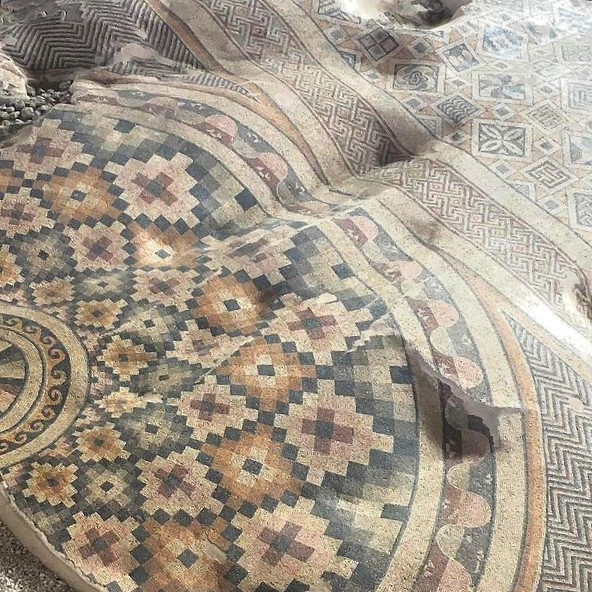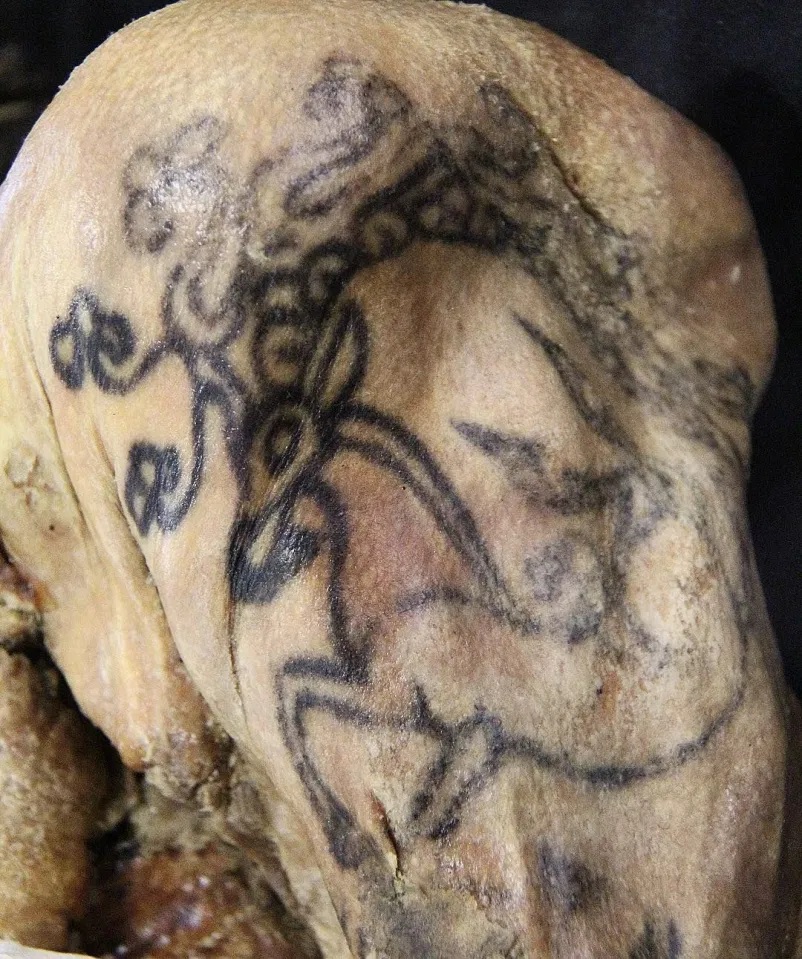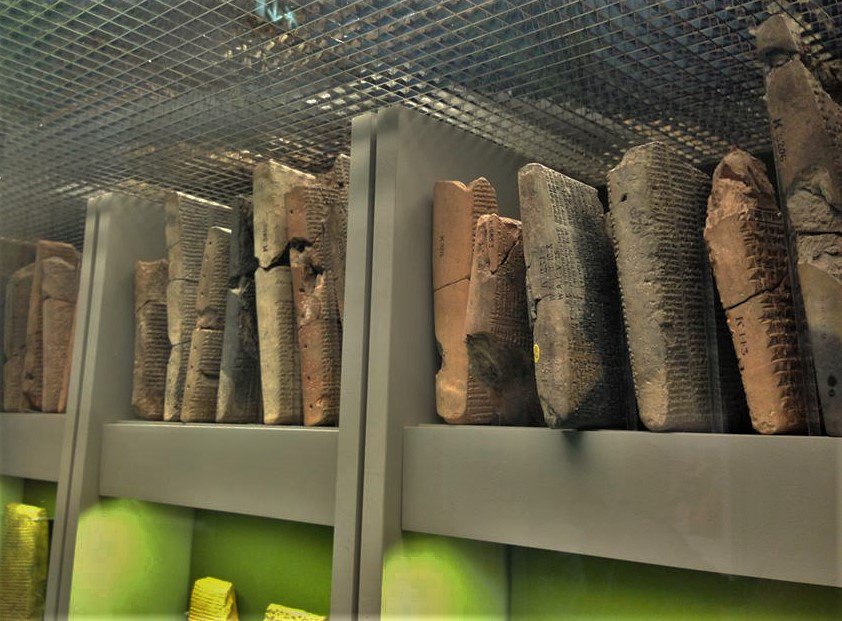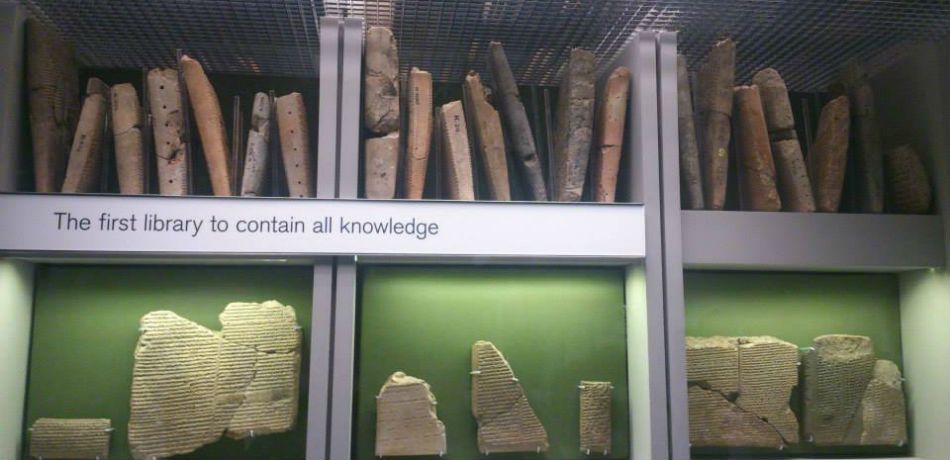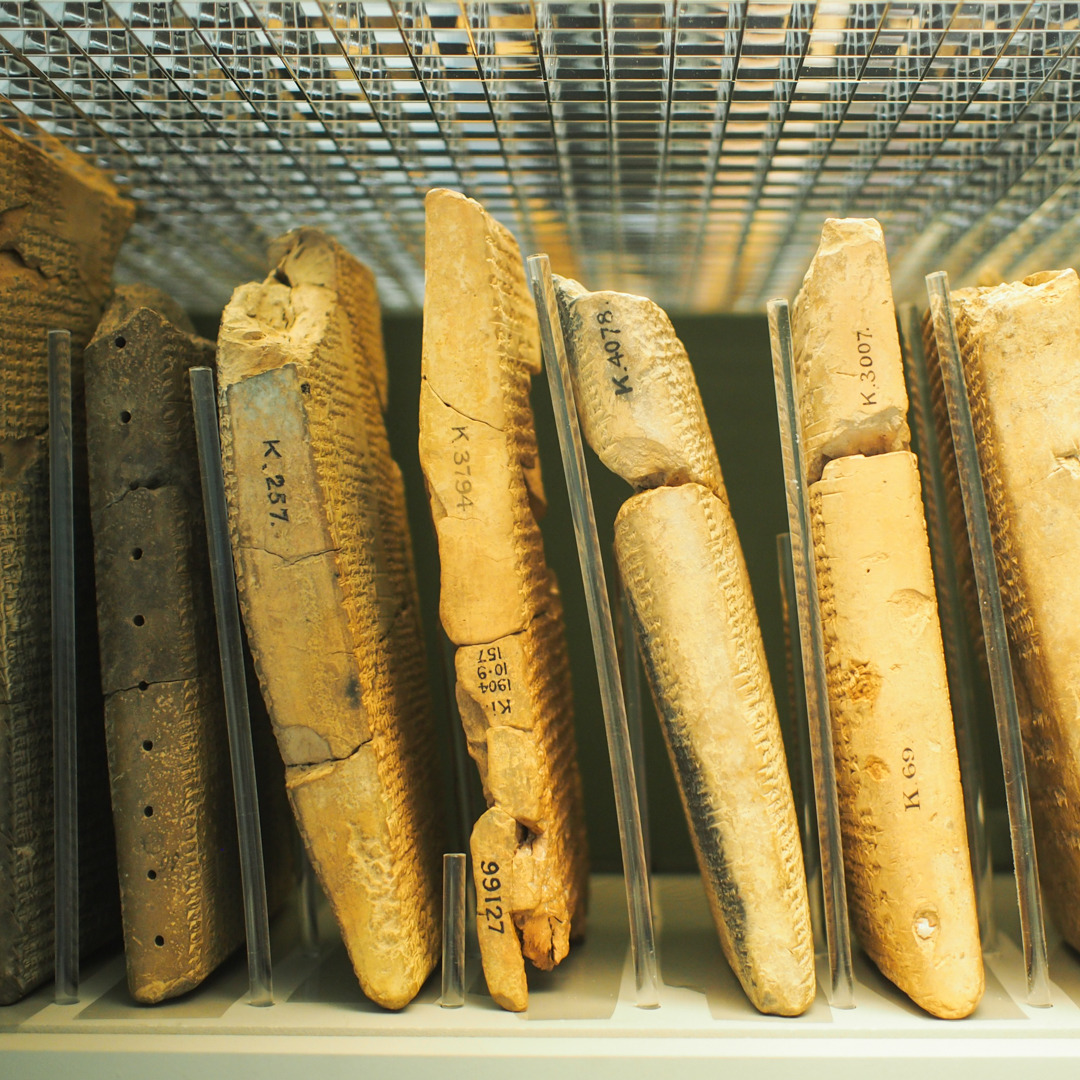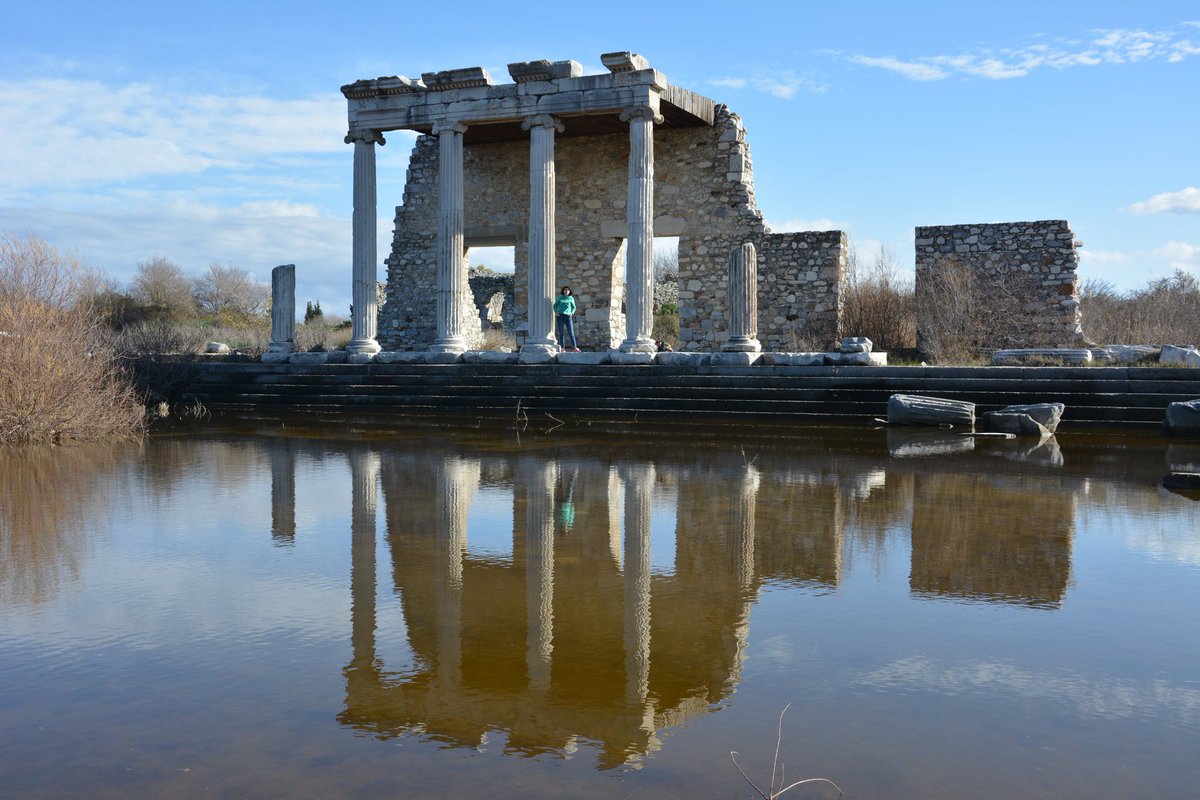
The Museum Hotel is home to the world’s largest mosaic, uncovered in 2010. (c. 300 B.C.) The mosaic rug extends over 1050 square meters and it’s the world’s largest mosaic piece. 

Archaeologists and architects who worked hard to restore this priceless mosaic say it was created by 13 different ancient civilizations. The decorative motifs are from the Hellenistic period until the Islamic period.
Read more on our new book (pages: 173-175, The Museum Hotel) amazon.co.uk/dp/B09K27XPW3
• • •
Missing some Tweet in this thread? You can try to
force a refresh



